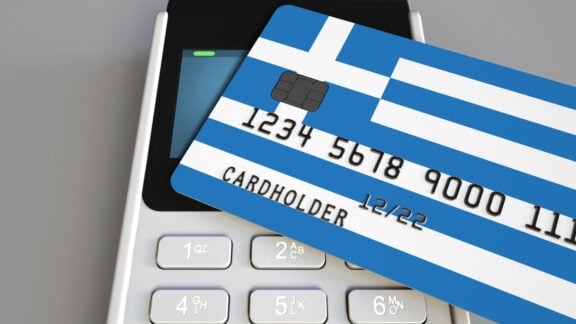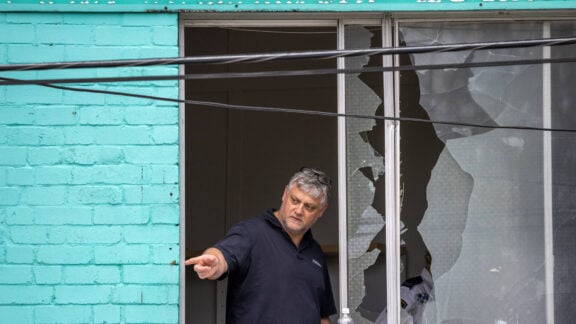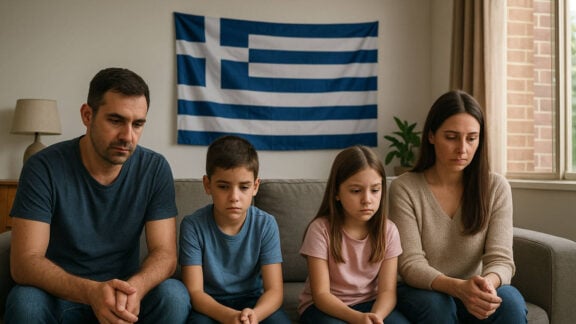Victorian families are being promised they won’t be slugged with a multibillion-dollar bill to pay off the state’s mounting debt as the government prepares to hand down a stripped-back 2023/24 state budget.
Plans to tackle soaring net debt and interest repayments are expected to be at the heart of Victorian Treasurer Tim Pallas’ ninth state budget to be released on Tuesday.
Net debt is expected to rise from $116 billion at the end of June to $165.9b by mid-2026, which would equate to 24.6 per cent of state revenue.
Net debt was $21.8b when the Andrews Labor government came to office in late 2014 and rose to $40.3b, or 8.5 per cent of revenue, in mid-2019 before the coronavirus pandemic hit.
Deputy Premier Jacinta Allan on Monday vowed households would not have to pay the price while doubling down on the government’s critique of the Reserve Bank of Australia’s role in raising interest rates.
“This will not be something placed on hard-working families who’ve already gone through a really difficult 12 months with 11 interest rate rises,” she said.
Ms Allan also declared the budget would deliver on Labor’s 2022 election promises and pay down COVID-related debt.
While the budget bottom line isn’t as dire as it was in the early 1990s under the Cain-Kirner Labor government, Victoria’s position is still the weakest of any state, independent economist Saul Eslake says.
“If you look at measures such as debt to gross product or interest as a proportion of revenue Victoria’s is the most onerous of any of the states,” he told AAP on Monday.
The re-elected Andrews government must slow the debt growth to ensure Victoria isn’t exposed to further interest hikes, with the state on track for $20m a day in interest repayments within three years, he said.
With a $31.5b COVID-19 debt repayment plan mooted, Mr Eslake said Labor could either opt to reduce spending and in turn compromise service and infrastructure delivery or raise revenue through levies and taxes.
“This is the most propitious time in the electoral cycle to make politically difficult and unpleasant decisions,” Mr Eslake said.
“There’s not much in the way of pleasant revenue options.”
It could also push back the start date for projects including joint-funded initiatives such as Geelong Fast Rail and Melbourne Airport Rail.
John Manning from credit ratings agency Moody’s said there was no specific trigger for a change to Victoria’s AA2 rating but a re-balancing of its major infrastructure profile would be favourable.
“How the timing of these occur will be a significant driver of the debt burden … because the infrastructure projects are debt-funded,” the lead analyst told AAP.
Mr Pallas established a $10b future fund in the last budget as part of a push to stabilise debt but rampant inflation and subsequent interest rate hikes have made his task harder.
Premier Daniel Andrews this month criticised the central bank for providing advice to national cabinet early in the pandemic that interest rates would not rise, encouraging borrowing to curb unemployment.
Mr Eslake said it was not unreasonable for government to cast aspersions on the bank but it was not the complete story.
All governments received the wrong advice, yet Victoria ran bigger deficits and borrowed more as it was hit hardest by COVID-19.
“Some of that was bad luck but some of that was a consequence of decisions by the Andrews government on how to manage it,” Mr Eslake said.
The Department of Treasury and Finance calculated spending on the state’s COVID-19 response and recovery at $35.8b as of the middle of 2022.
Shadow treasurer Brad Rowswell said the Andrews government’s COVID debt narrative was a myth.
“We know that the Labor government blame anyone or anything that they can,” he said.
Source: AAP








